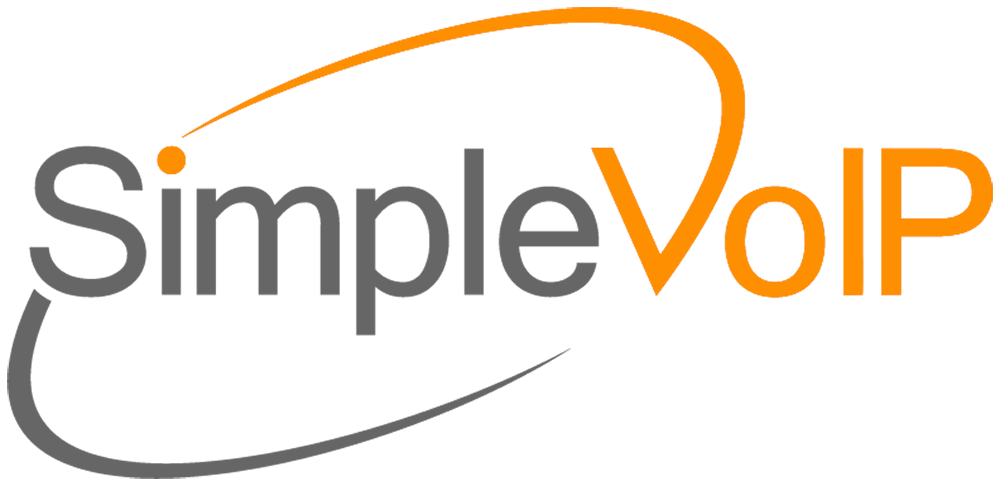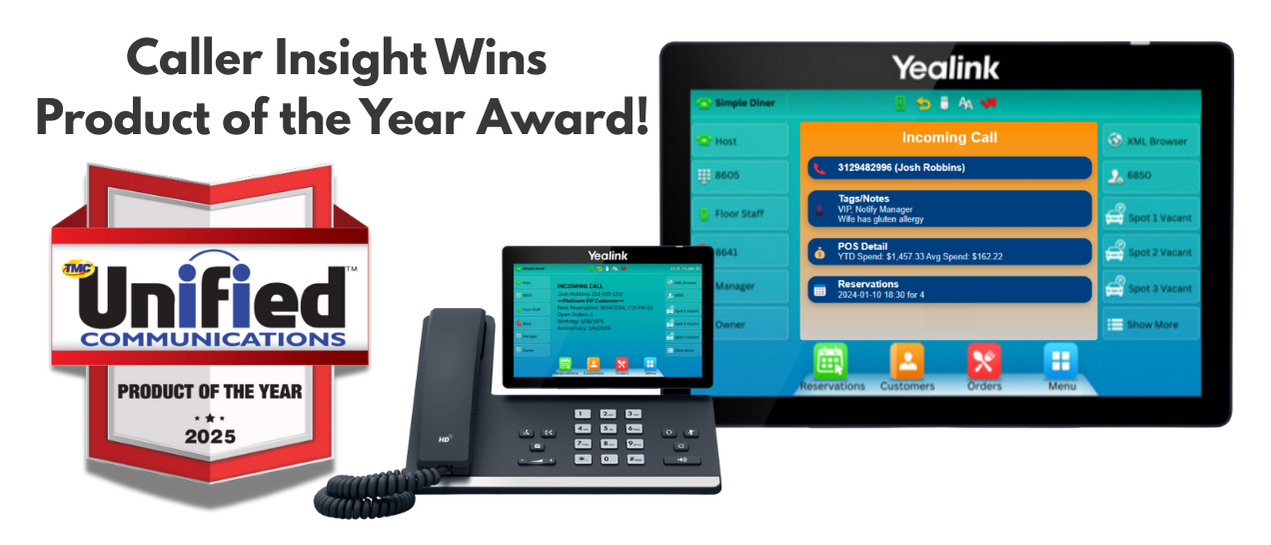It’s essential for reception desks and call centers to deliver consistent experiences to enhance patient care and minimize delays. Many callers’ stress levels soar when reaching out to their healthcare providers. At moments when they’re seeking solace and help for themselves or a family member, prolonged wait times can significantly compound their stress. Agents, confronted with vast call volumes, face the challenge of responding promptly to each call, ensuring undivided attention to collect all pertinent information precisely.
Numerous calls can be averted through automated systems and self-service platforms to lessen patient wait times. Organizations are progressively adopting automation and self-service to shorten delays, maintain uniform experiences, and allocate resources more efficiently in front-line care provision. Successfully diverting routine tasks enhances operational efficiency by reducing the calls agents have to deal with and improves access to information.
The initial step for healthcare and wellness offices aiming to refine communications with automation and self-service is to evaluate their current infrastructure and systems. Outdated systems lack the required skill and versatility, which can lead to substantial adverse effects on performance:
-
- Limited queueing due to the number of lines accessible Inflexibility in managing queues and adding agents
-
- Insufficient analytics to spot trends, prioritize access to skill sets, and determine training needs.
Automation tools can significantly impact the triage and routing of incoming phone calls or emails to the right healthcare personnel or department. By employing these tools, they can assist in gathering routine health data, highlighting areas of concern, and alerting clinicians, all while ensuring efficient management of all patient queries.
Although automation presents significant advantages in healthcare communications, human oversight and discernment remain essential to uphold a compassionate approach to care and guarantee patient safety and privacy. Consequently, self-service systems must offer options for contextual transition to an agent whenever needed.
A cloud-based communication system allows web-based access for agents, supervisors, and administrators according to user profiles, eliminating barriers created by the limitations of on-site systems.
A unified system across numerous locations enhances the capacity of your auto-attendant to analyze large quantities of data. Call patterns, trends, and insights are readily identified and extracted for performance reporting, enhancing operational efficiency, optimizing resource allocation, and improving communication strategies.
IVRs or Auto-Attendants enable organizations to innovate and broaden their self-service options for more positive patient and caller experiences. When human intervention is needed, inquiries are routed to the most competent agent, clinician, or department for swift call resolution, resulting in smooth, stress-free communication experiences.
Integrating self-service and automation into communication systems ensures patients are effortlessly connected to the appropriate care path. Moreover, GPs, ambulance services, community workers, and partners benefit from simpler communication with their peers. For instance, a GP can directly reach the maternity department, bypassing the switchboard and reducing the front-line agents’ workload.
To effectively implement automation and self-service, it’s crucial to comprehend the number and nature of interactions handled. Additionally, understanding the regularly used words and phrases allows calls to be smoothly routed to the correct teams and FAQs to be answered quicker.
Above all, it’s crucial to identify when human intervention is needed, and it must be recognized that only specific issues can be resolved through automation. Providing excellent patient experiences when executed correctly, even through automation and self-service, benefits all.
Integrating these technologies in a smart and efficient manner can be a challenging task. This is where an experienced technology provider like SimpleVoIP can play a pivotal role in turning your project into a success story. We can improve your communication system, equipping it with auto-attendant features that expertly and efficiently direct patient calls.
Our rapid provisioning process allows for the swift deployment of phones with tailored call flows. Gone are the days of unnecessary waiting. Embark on your journey to revolutionize patient communication today with SimpleVoIP. Please reach out to us and we’ll get you started!




